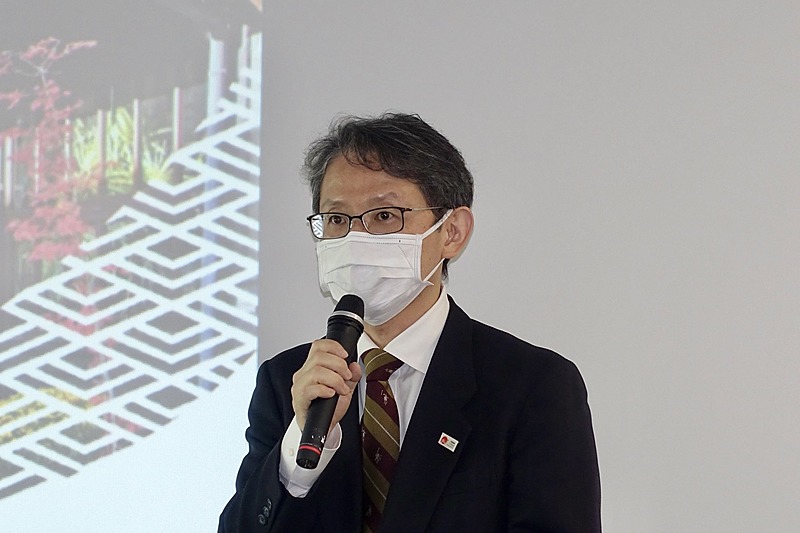
Japan National Tourism Organization (JNTO) is addressing sustainable tourism in Japan more seriously than before amid change of sentiment on environment protection worldwide. JNTO will collect and deliver new sustainable tourism contents of each region by the end of March next year.
The recent survey by JNTO Paris Office finds that many French travelers to Japan had several negative impressions to sustainability in Japan, such as excessive plastic consumption, too luxury package for merchandises or mass consumption.
“Local communities need to think how they can solve issues on sustainable tourism in this challenging time,” Kyoji Kuramochi, JNTO executive, said at a regular news conference. “SDGs will be a key concept to attract travelers from Europe who pay more attention to environment protection.”
JNTO is developing a promotional direction for sustainable tourism from standpoints of protecting and cultivating ‘environment,’ ‘culture’ and ‘economy’ in local communities.
Also, Kuramochi mentioned recovery of the inbound travel market in the future. “First recovery will not necessarily happen in neigbour countries or regions. It will depend upon travel restrictions in a country or a region. We need to carry out a variety of simulations for the future recovery.”
Based on the forecast that consumers of the world tend to use saved money during the pandemic for tourism, Kuramochi emphasized that Japan will compete the world to attract tourists, for which JNTO will support local communities and deliver valuable information.
 JNTOの方針を説明する蔵持氏
JNTOの方針を説明する蔵持氏
Cross-border EC and local partnership
JNTO is accelerating ‘virtual live tours and cross-border EC’ to support local communities amid the pandemic. The eight programs will be demonstrated for eight regional blocks in Japan in the Chinese market.
Delivering tourism information and introducing local products on Fliggy and Taobao Live at the same time, JNTO supports local communities in selling broadcasted local products on Tmall Global. The program was already done for Kyushu block in September and for Tohoku Niigata block in October, and viewers were about 210,000 in the first program and about 430,000 in the second program, which were much more than initially expected 60,000 each.
In addition, JNTO develops ‘Experience in Japan’ in six different languages, which deliver local experience-typed contents articles written by native writers. By March 2022, JNTO will add 450 contents in total, 75 each language.
JNTO is consulting local governments or DMOs that join ‘Experience in Japan,’ taking advantage of reactions from the program, and also delivering the contents translated in Japanese to them to help their marketing activities.




